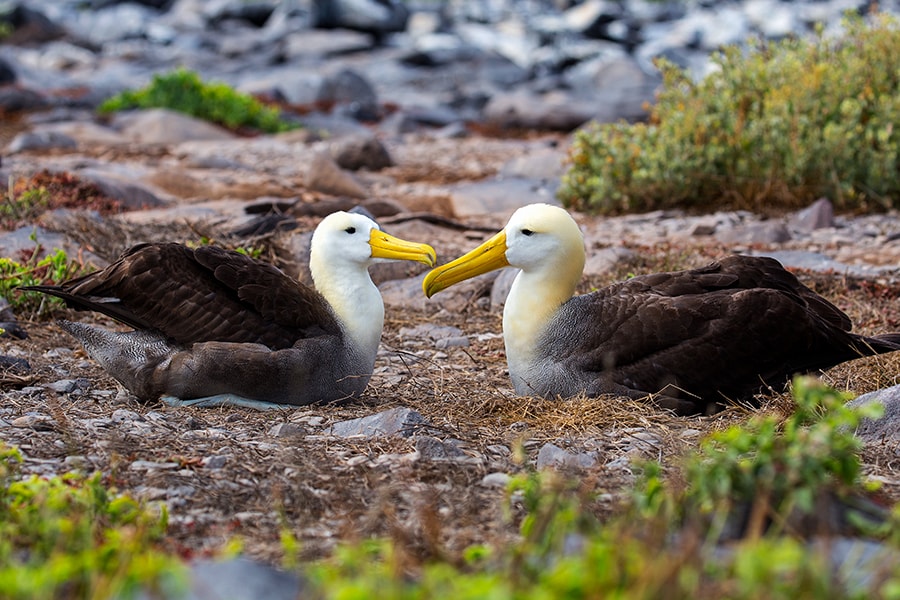
How global warming could be driving up albatross divorce
In the albatross 'community', monogamous by nature, the 'divorce' rate was seen to be higher during the warmest years. The lack of food, and the difficulty involved in finding it, appears to cause more stress to the birds, and could be causing more couples to split up
 Researchers have found a link between global warming and increasing divorce rates in albatrosses.
Researchers have found a link between global warming and increasing divorce rates in albatrosses.
Image: Shutterstock
Researchers have identified a link between global warming and the lifestyles of albatrosses. In these animals, monogamous by nature, the "divorce" rate was seen to be higher during the warmest years. The lack of food, and the difficulty involved in finding it, appears to cause more stress to the birds, and could be causing more couples to split up.
The divorce rate appears to be increasing among albatrosses—a particularly rare phenomenon in this species of bird that normally remains with the same partner for life. Researchers have studied the issue and published their results in The Royal Society journal.
The researchers, led by Francesco Ventura, a biologist at the University of Lisbon, highlighted the probable influence of global warming—and particularly ocean temperatures—on the love life of albatrosses.
The study focused on 15,500 black-browed albatrosses in the Falkland Islands, an archipelago in the South Atlantic, located southeast of Argentina. Starting in 2003, the researchers collected "capture-mark-recapture" data, banding breeding and nesting birds from five sub-colonies and recording each new egg and chick. They also analyzed the environment, such as ocean temperature, habitat access and nutrient supply.







